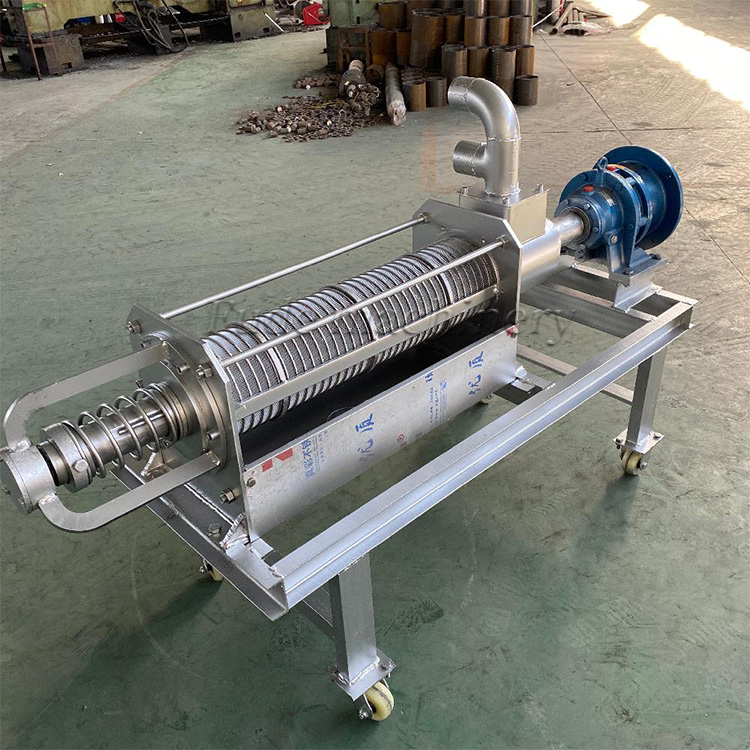What machine is used to separate dry and wet animal manure
In today’s era of rapid expansion in large-scale livestock and poultry farming, the proper management of animal manure has become a critical issue constraining the industry’s sustainable development.
As the core equipment for resource utilization of manure waste, the dry-wet separator employs physical separation technology to effectively separate solids from liquids in manure.
This not only addresses the pain points of traditional composting methods—such as lengthy fermentation cycles and severe secondary pollution—but also transforms waste into high-value organic fertilizer raw materials and liquid nutrient solutions, achieving dual improvements in environmental and economic benefits.
- There are several types of machines used for dry wet separation of livestock manure, including:
- Spiral dry wet separator: Its screen frame and mesh are all made of stainless steel, the agitator is made of high hardness alloy, and the outer shell is made of the same carbon steel. This device can effectively separate solids and liquids from feces, facilitating subsequent processing.
- Slant screen type wet dry separator: All made of 304 stainless steel, the original slag liquid is lifted into the solid-liquid separator through a cutting type submersible sewage pump, and solid-liquid separation is achieved by utilizing the gaps and vibration effects on the screen surface.
- Drum type (microfiltration type) wet dry separator: It has the characteristics of small volume, low speed, simple operation, easy installation and maintenance, low cost, high efficiency, and fast investment recovery. It adopts high-strength spiral shaft, corrosion-resistant alloy spiral blades, and stainless steel mesh, which can effectively separate solid substances and liquid organic fertilizers.
Solid-Liquid Separator Summary
These machines are widely used in breeding farms, which can effectively improve the efficiency and quality of manure treatment, and contribute to the environmental protection and sustainable development of breeding farms.
When choosing a specific dry wet separation machine, it is necessary to consider the actual situation and needs of the breeding farm, including factors such as the type of manure, processing capacity, budget, and follow-up treatment plan.

Spiral dry wet separator

Inclined screen wet dry separator

Drum type (microfiltration type) wet dry separator
Amid the wave of green transformation in the livestock and poultry farming industry, dry-wet separators have evolved from mere environmental protection equipment into pivotal nodes for resource recycling.
Through technological innovation and model optimization, these devices are reshaping the ecological chain linking “farming-waste treatment-agricultural cultivation,” injecting sustainable development momentum into rural revitalization.
 Organic fertilizer equipment,organic fertilizer production line,organic fertilizer equipment factory
Organic fertilizer equipment,organic fertilizer production line,organic fertilizer equipment factory